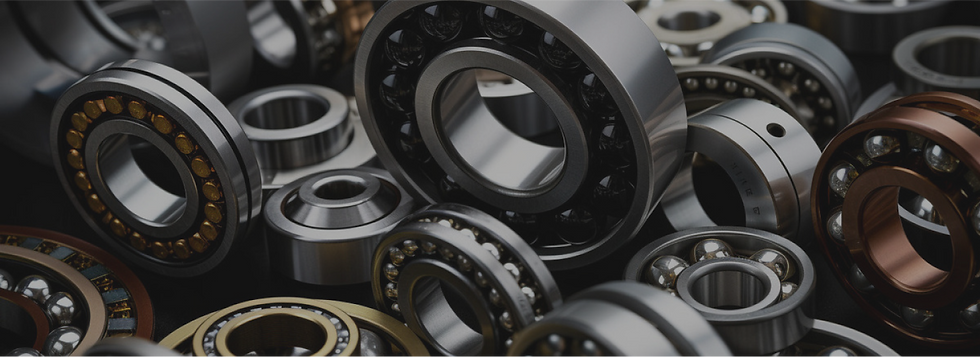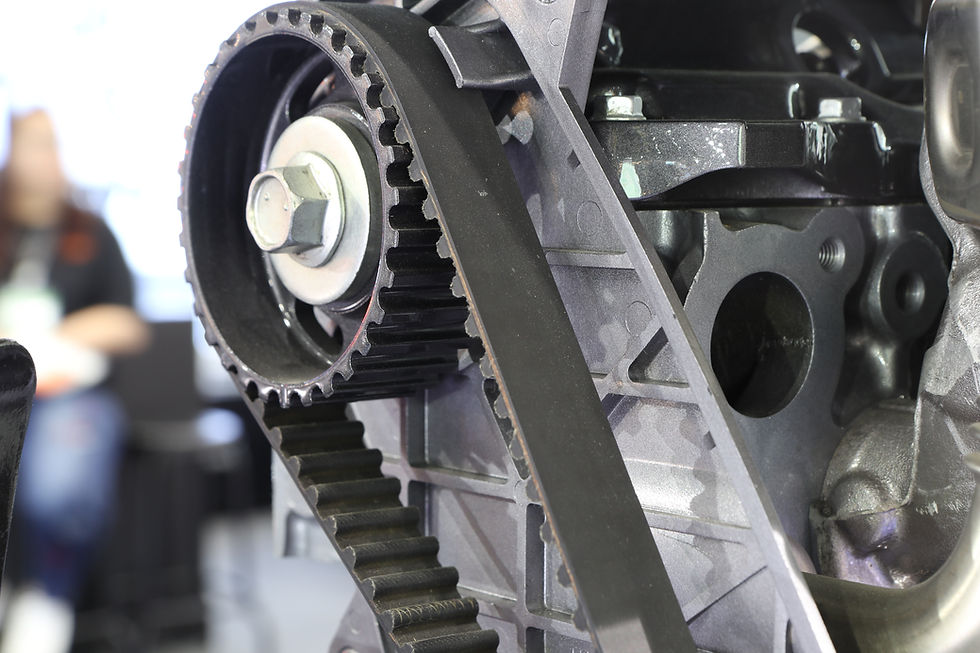Understanding the Different Types of Bearings and Their Applications
- Jul 23, 2024
- 2 min read

Bearings are integral components in a wide range of machinery, playing a crucial role in reducing friction and wear between moving parts. At SSN Enterprises, through our HBT Bearings brand, we offer a comprehensive array of bearings designed to meet various industrial needs. In this blog, we'll explore the different types of bearings and their specific applications.
1. Ball Bearings
Overview: Ball bearings are one of the most common types, known for their versatility and efficiency. They consist of balls placed between two races, allowing for smooth, low-friction motion.
Applications:
Automotive: Used in wheels, engines, and transmissions.
Industrial Machinery: Found in electric motors and conveyor systems.
Aerospace: Essential in aircraft landing gear and control systems.
Advantages:
High rotational speed.
Low noise and vibration.
Long service life with minimal maintenance.
2. Roller Bearings
Overview: Roller bearings utilize cylindrical rollers instead of balls, providing a larger contact area. This design allows them to handle higher loads compared to ball bearings.
Applications:
Heavy Machinery: Ideal for construction equipment and mining machinery.
Railways: Used in train wheel assemblies.
Wind Turbines: Essential for handling large loads and varying speeds.
Advantages:
High load-carrying capacity.
Durability under heavy loads.
Versatility in various applications.
3. Thrust Bearings
Overview: Thrust bearings are designed to handle axial loads, which are forces parallel to the shaft. They can be made with balls or rollers, depending on the load requirements.
Applications:
Automotive: Used in steering mechanisms and transmissions.
Marine: Essential in ship propeller shafts.
Aerospace: Found in helicopter rotors and jet engines.
Advantages:
Efficient handling of axial loads.
High precision and stability.
Suitable for high-speed applications.
4. Tapered Roller Bearings
Overview: Tapered roller bearings feature conical rollers, which can handle both radial and axial loads. Their unique design distributes the load evenly across the bearing.
Applications:
Automotive: Used in wheel hubs and gearboxes.
Industrial: Essential for heavy-duty applications like cranes and elevators.
Agricultural Machinery: Found in tractors and harvesters.
Advantages:
Excellent load-bearing capacity.
Enhanced durability and lifespan.
Ability to handle combined loads.
5. Needle Bearings
Overview: Needle bearings are similar to roller bearings but with much smaller rollers. This design allows them to fit into smaller spaces while still providing high load capacity.
Applications:
Automotive: Used in transmissions and gearboxes.
Industrial: Found in hydraulic pumps and compressors.
Medical Equipment: Essential for compact devices like dental drills.
Advantages:
High load capacity in a compact design.
Low friction and high efficiency.
Versatile and adaptable to various applications.
Conclusion
At SSN Enterprises, our HBT Bearings brand is committed to providing high-quality bearings that meet the diverse needs of our customers. Understanding the different types of bearings and their applications can help you choose the right bearing for your specific needs, ensuring optimal performance and efficiency in your machinery. Whether you need ball bearings for high-speed applications or tapered roller bearings for heavy loads, we have the expertise and products to meet your requirements. Trust HBT Bearings for all your bearing needs and experience the difference in quality and performance.



Comments